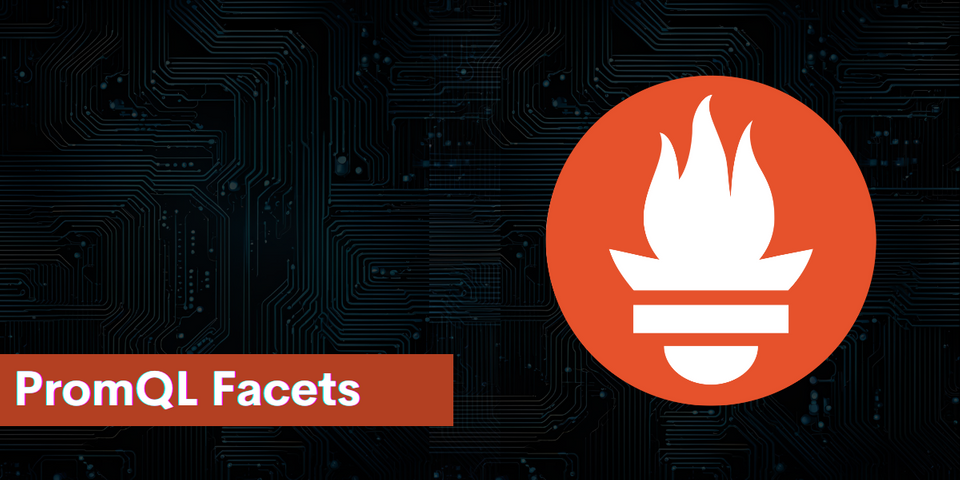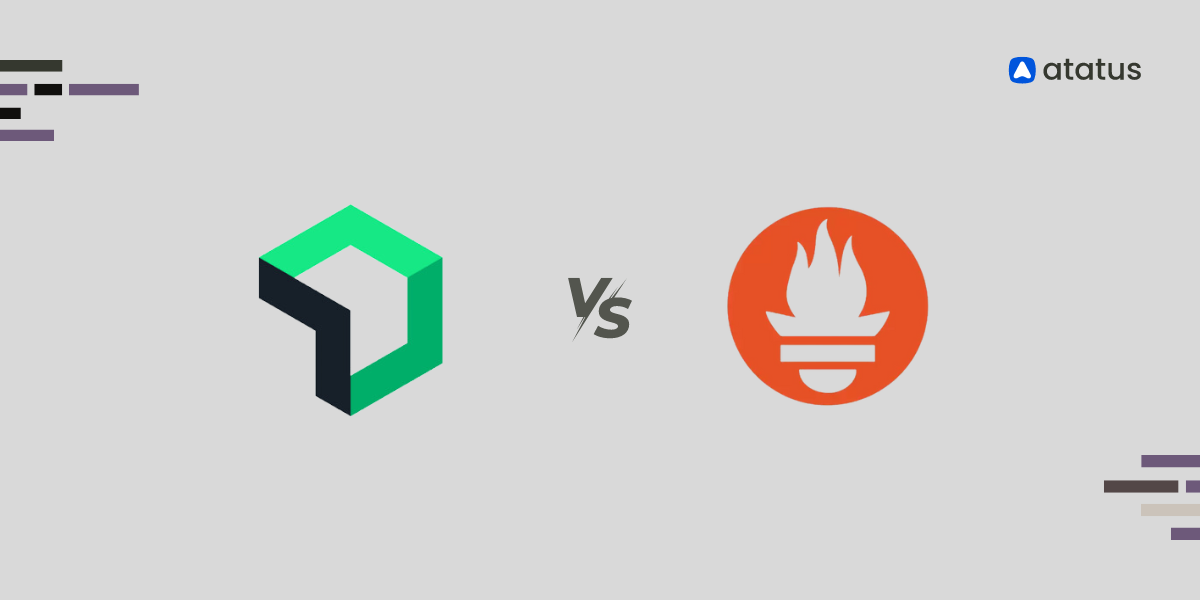Understanding PromQL Facets: Unlocking Advanced Metrics Analysis
PromQL (Prometheus Query Language) is a powerful and flexible query language used to retrieve and manipulate time-series data stored in Prometheus. One of its lesser explored but immensely valuable features is its ability to handle facets, a concept that can simplify complex metrics analysis and enhance observability.
In this blog, we will dive deep into PromQL facets, exploring what they are, why they matter, and how you can use them to gain better insights into your systems.
Table of Contents:
- What are Facets in PromQL?
- Why are Facets Important?
- Common Use Cases for PromQL Facets
- How to Work with Facets in PromQL?
- Best Practices for Using Facets
What are Facets in PromQL?
Facets in PromQL refer to the dimensions or labels attached to time-series metrics. These labels provide context to the data, enabling detailed and granular analysis. For instance, when monitoring HTTP requests, labels like method, status_code, or region can act as facets to segment and analyse the data.

Here, the labels method, status_code, and region are the facets that describe different dimensions of the metric http_requests_total.
Why are Facets Important?
Facets play a crucial role in modern observability by enabling:
- Granular Analysis: Facets allow you to break down metrics by various dimensions, helping you identify trends and anomalies at a more detailed level.
- Custom Aggregation: By grouping and filtering metrics based on specific facets, you can create custom views tailored to your monitoring needs.
- Enhanced Debugging: When an issue arises, facets help you drill down into specific subsets of metrics to identify root causes.
- Multi-Dimensional Visualization: With facets, you can create rich dashboards that provide a complete picture of your system's performance.

Common Use Cases for PromQL Facets
PromQL facets offer several ways to break down and analyze data for better observability. They help in filtering, grouping, and drilling into metrics efficiently. Let’s explore some common use cases where PromQL facets can be particularly useful.
- Analysing HTTP Traffic by Region:
To monitor the number of HTTP requests per region, you can use a query like:
sum by (region) (rate(http_requests_total[5m]))
This groups the metrics by the region facet and calculates the request rate.
- Monitoring Error Rates by Status Code:
To track error rates, you can focus on specific status codes:
sum by (status_code) (rate(http_requests_total{status_code=~"5.."}[5m]))
- Breaking Down Latency by Endpoint:
To measure latency across different API endpoints:
histogram_quantile(0.95, sum(rate(http_request_duration_seconds_bucket[5m])) by (le, endpoint))
- Comparing Metrics Across Environments:
If you have separate environments for staging and production, you can compare their metrics using the environment facet:
sum by (environment) (rate(cpu_usage_seconds_total[5m]))
How to Work with Facets in PromQL?

1. Group by Specific Facets:
The sum by() and avg by() functions in PromQL allow you to aggregate metrics based on specific labels:
sum by (label1, label2) (metric_name)
2. Filter by Label Values:
You can filter metrics by specific label values using equality or regex matchers:
metric_name{label="value"}
metric_name{label=~"regex_pattern"}
3. Drop Unnecessary Facets:
Use the without() function to exclude specific labels from the result:
sum without (label_to_exclude) (metric_name)
4. Apply Advanced Aggregations:
Combine facets with PromQL functions like rate(), irate(), and histogram_quantile() for advanced metrics analysis.
Best Practices for Using Facets

- Define Meaningful Labels: Ensure that your metrics include labels that provide actionable insights, such as
service_name,region, orstatus_code. - Avoid High Cardinality: While facets are useful, excessive or overly detailed labels can lead to high cardinality, increasing storage requirements and query latency.
- Document Your Metrics: Maintain clear documentation of your metrics and their associated labels to facilitate easier query writing and collaboration.
- Utilize Dashboards: Use visualization tools like Grafana to create dashboards that take full advantage of facets for multi-dimensional analysis.
- Use PromQL Functions Effectively: Familiarize yourself with PromQL’s rich set of functions to perform aggregations, transformations, and calculations on your metrics.
Conclusion
Facets in PromQL help you get the most out of your metrics by allowing detailed analysis, custom grouping, and multi-layered visualization. By using facets effectively, you can understand your systems better, improve observability, and solve issues faster. Start exploring facets in PromQL today to enhance your monitoring and make informed decisions with confidence.
#1 Solution for Logs, Traces & Metrics
APM
Kubernetes
Logs
Synthetics
RUM
Serverless
Security
More



![Splunk vs Prometheus: A Side-by-Side Comparison [2025 Guide]](/blog/content/images/size/w960/2024/08/Datadog-vs-sentry--13-.png)

